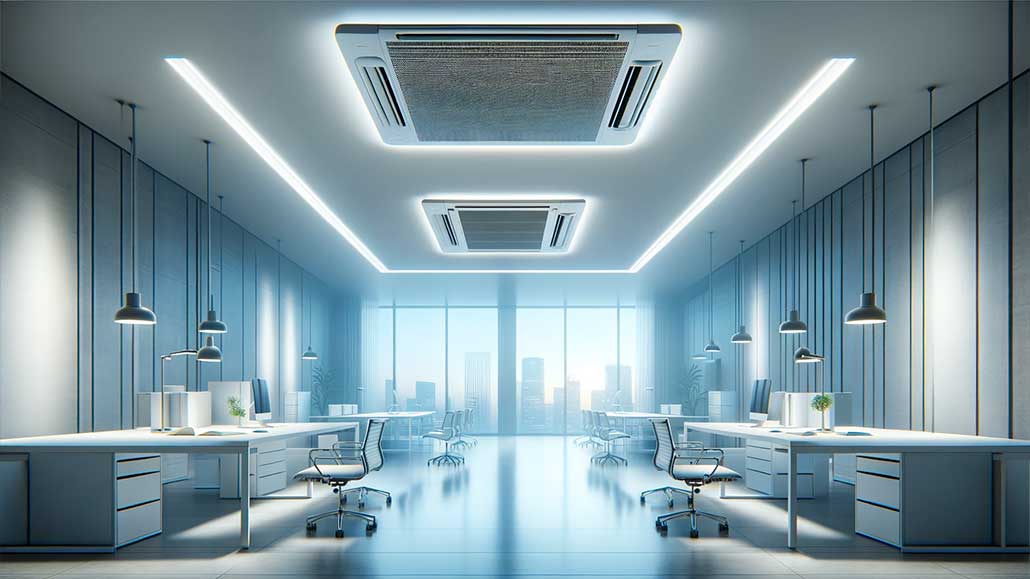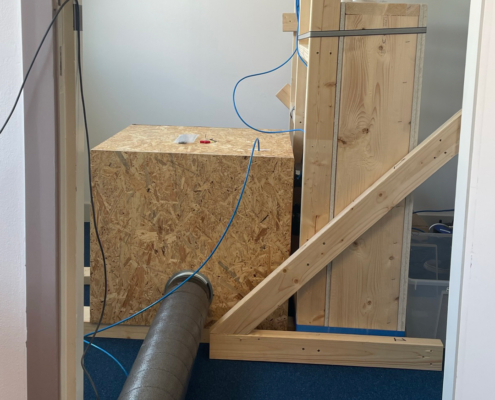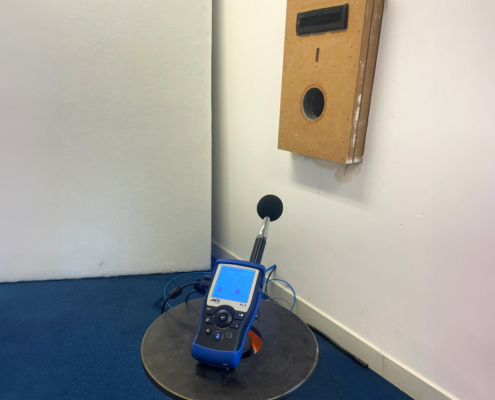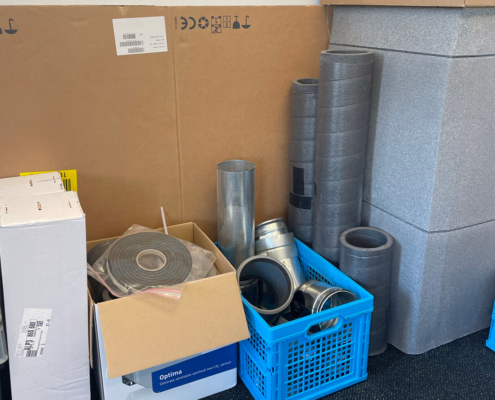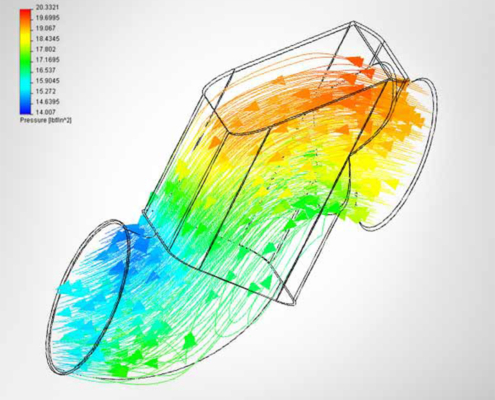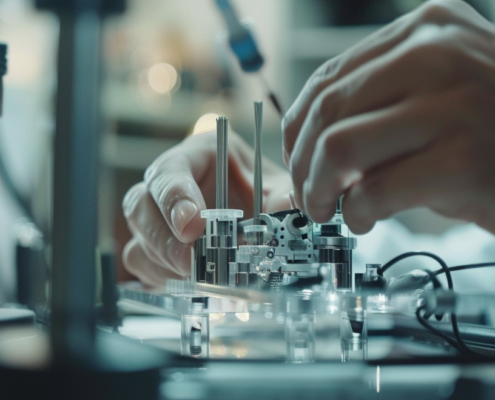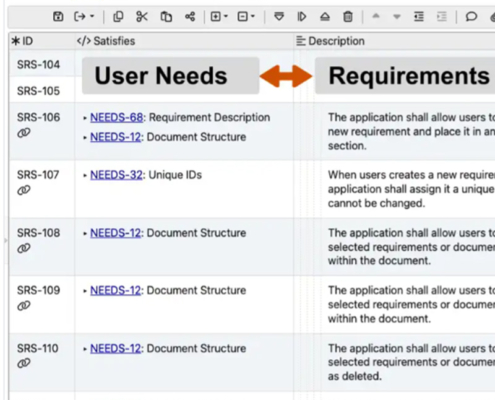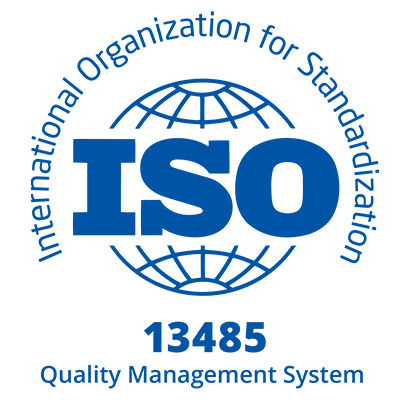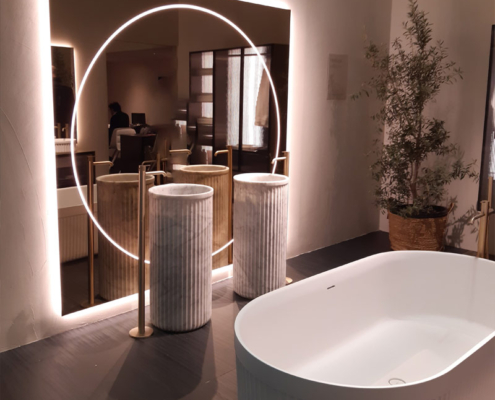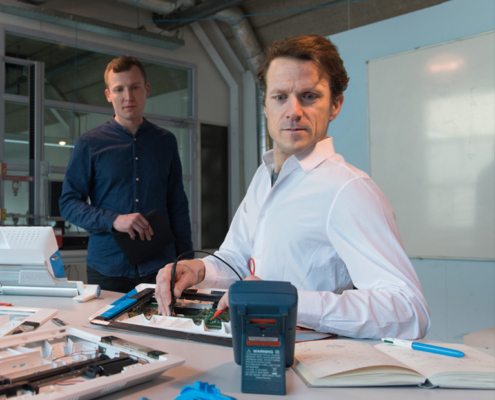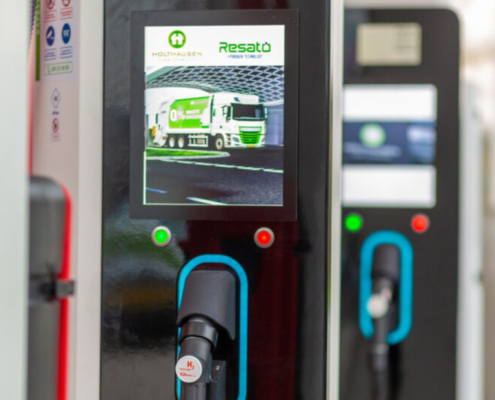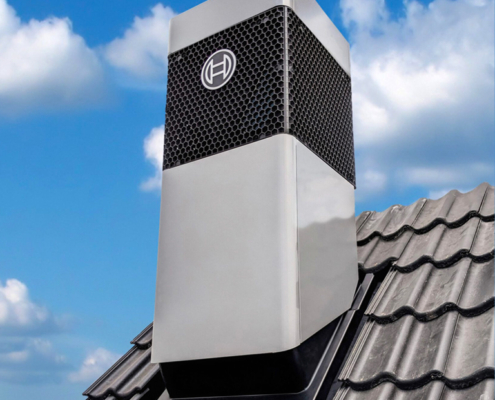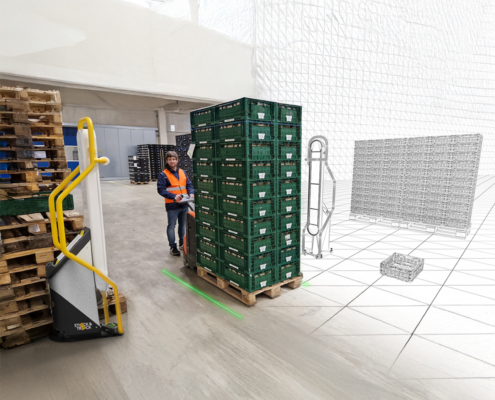 https://mmid-group.com/wp-content/uploads/digital-twin-product-development.jpg
1620
1620
Marco Fugalli
https://mmid-group.com/wp-content/uploads/mmid-logo.png
Marco Fugalli2025-11-06 11:37:382025-11-06 11:37:40Digitalisation in Product Development
https://mmid-group.com/wp-content/uploads/digital-twin-product-development.jpg
1620
1620
Marco Fugalli
https://mmid-group.com/wp-content/uploads/mmid-logo.png
Marco Fugalli2025-11-06 11:37:382025-11-06 11:37:40Digitalisation in Product DevelopmentIntroduction
In today’s world, the comfort of our living and working spaces is significantly impacted by the noise levels of HVAC systems. Meeting noise regulations is not just about complying with the law – it is about pushing the boundaries of technology and design to improve everyday life.
Regulatory Impact
Across Europe, and particularly in the Netherlands, strict regulations dictate how much noise HVAC systems can produce. In living rooms and bathrooms, for example, the noise limit is set at a strict 30 dBA.
These laws ensure that manufacturers focus on noise reduction from the very beginning of product design.
Design Challenges and Solutions
Noise reduction in HVAC systems presents unique challenges.
“Rather than treating noise reduction as an afterthought, it’s critical to integrate it early in the design process.”
By using prototypes that mimic the final product in terms of materials and design, engineers can identify potential noise issues early.
This proactive approach not only helps meet regulatory standards, but also improves overall product quality.
Material and Component Selection
Proper design for low noise in HVAC systems follows a logical sequence.
First, focus on the source by selecting low-noise and low-vibration components and ensuring that they are installed according to the manufacturer’s specifications.
Second, prevent the transfer of noise and vibration to other parts of the system by decoupling the source from the system. Finally, add noise-reducing materials, such as damping or heavy materials, around (parts of) the system.
Innovations and Future Directions
Looking ahead, innovations such as noise cancellation technologies and computational fluid dynamics (CFD) could revolutionize the way noise reduction is approached in HVAC systems.
These technologies offer the potential to locate and mitigate noise more effectively, reducing the reliance on trial-and-error methods.
The Bottom Line
As the demand for quieter living and working environments continues to grow, the importance of noise reduction in HVAC systems cannot be overstated. By incorporating noise management into product design early on and exploring new materials and technologies,
“manufacturers can not only comply with stringent regulations, but also lead the way in innovation.”

